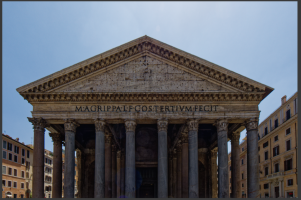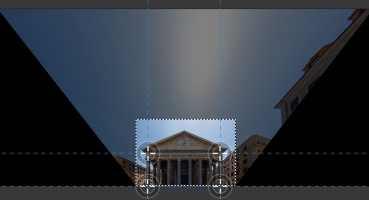GMCPhotographics
Canon Rumors Premium
This new lens is a great opportunity for RF customers. I think the light weight, small size and sharp image Quality looks like compelling reasons to purchase this lens. However, for my needs, the current EF 11-24mm perfectly fullfills my current shooting needs. I aslo get to drop in rear mounted filters which is a serious advantage with top performing EF glass. Looking at some reviews and examples, the lack of front mounting filters will sevearly limit it's applicable use in genres like low light landscape work. If canon were to introduce internal filters into their bodies (CP and ND options) this would change things substantially.
the other issue that I've seen is the Chronic vignetting in the corners. It's beyond thee stops when shooting wide open. Sure, this can be corrected via plugins / software but 3 stops will eat into your corner iso noice lattitude. There's a fair argument that a photographer will stop down substantially for depth of field so it's a mute argument. But as it stands, wide open, this lens has heavy vignetting in the corners. I guess that's the trade off for it's relative size vs the EF version.
It's also very expensive, but then so is all of the RF glass. We know they are great, but eye wateringly expensive. I also suspect that Canon have been quite dellberate with their long end focal length choice for this particular lens. Cutting it to only 20mm really does limit it's versatility in my opinion. I can't imagine anyone choosing this lens as their one and only ultrawide lens of choice. My EF 11-24mm F4 L is my UWA lens of choice, (I keep an old EF 16-35IIL for wet work, near salt water coast lines). I can't imagine anyone doing the same for this lens. So it's quite clear to me that Canon is exepcting us to buy this lens in addition to a 15-35 type of lens. I can't imagine anyone choosing this lens to be mated to a 24-105 and a 100-400 as an F4 trinity of lenses. I think this niche versatility will relegate this lens to a few photographers who need the heavy rectilinear nature and it's probable architectural applications. Estate Agents will love this lens, but I don't think I'll be seeing it around on holiday in Portugal.
the other issue that I've seen is the Chronic vignetting in the corners. It's beyond thee stops when shooting wide open. Sure, this can be corrected via plugins / software but 3 stops will eat into your corner iso noice lattitude. There's a fair argument that a photographer will stop down substantially for depth of field so it's a mute argument. But as it stands, wide open, this lens has heavy vignetting in the corners. I guess that's the trade off for it's relative size vs the EF version.
It's also very expensive, but then so is all of the RF glass. We know they are great, but eye wateringly expensive. I also suspect that Canon have been quite dellberate with their long end focal length choice for this particular lens. Cutting it to only 20mm really does limit it's versatility in my opinion. I can't imagine anyone choosing this lens as their one and only ultrawide lens of choice. My EF 11-24mm F4 L is my UWA lens of choice, (I keep an old EF 16-35IIL for wet work, near salt water coast lines). I can't imagine anyone doing the same for this lens. So it's quite clear to me that Canon is exepcting us to buy this lens in addition to a 15-35 type of lens. I can't imagine anyone choosing this lens to be mated to a 24-105 and a 100-400 as an F4 trinity of lenses. I think this niche versatility will relegate this lens to a few photographers who need the heavy rectilinear nature and it's probable architectural applications. Estate Agents will love this lens, but I don't think I'll be seeing it around on holiday in Portugal.
Upvote
0



